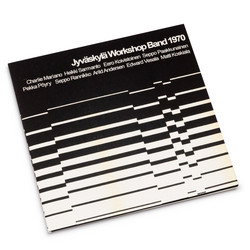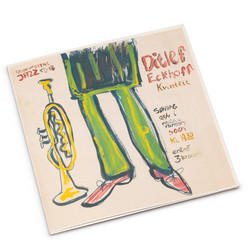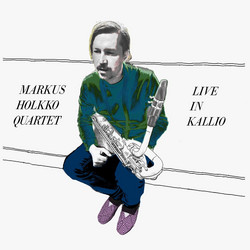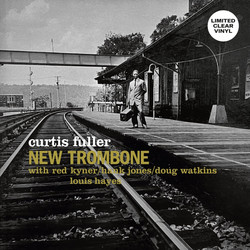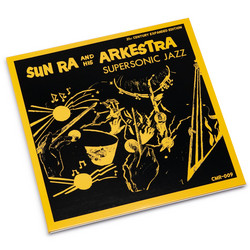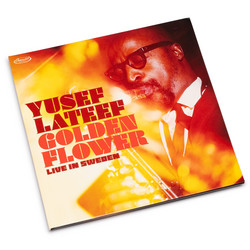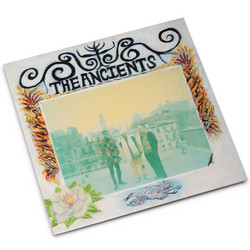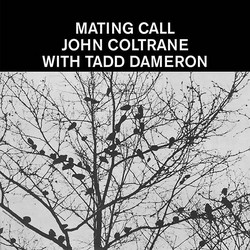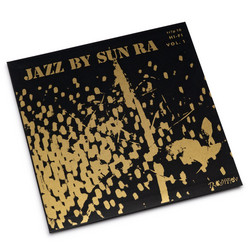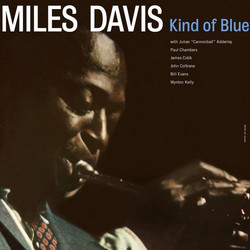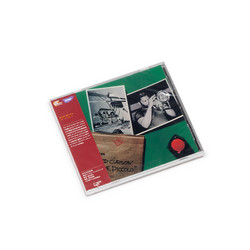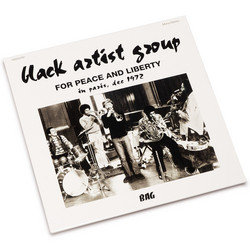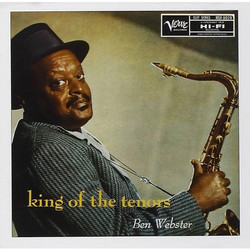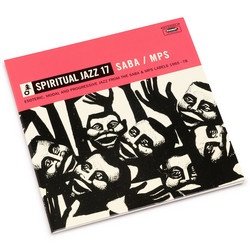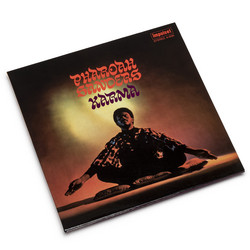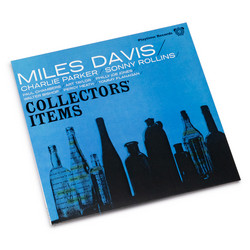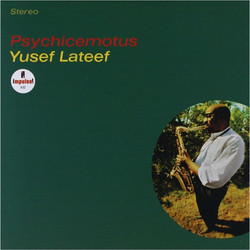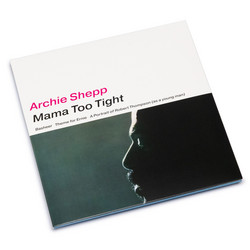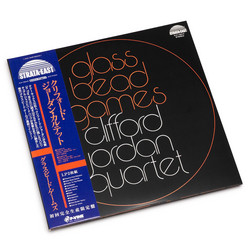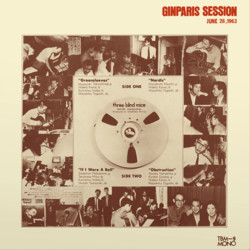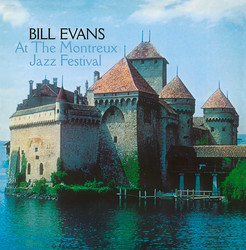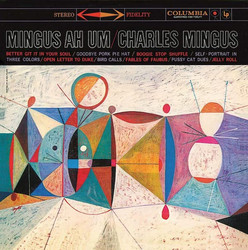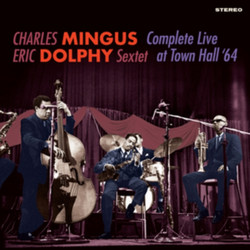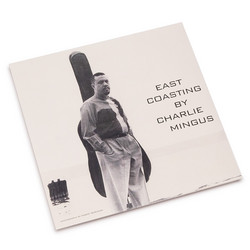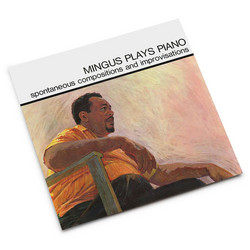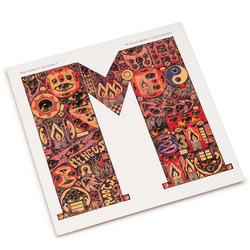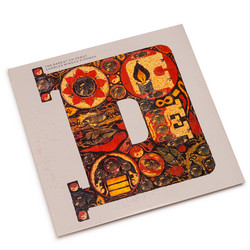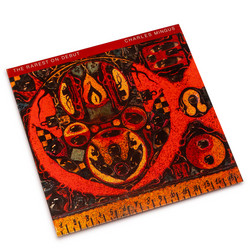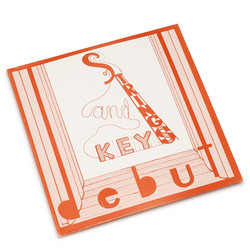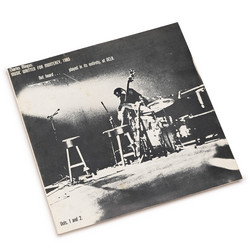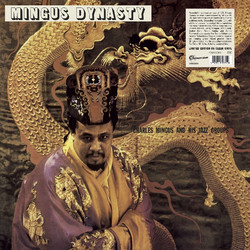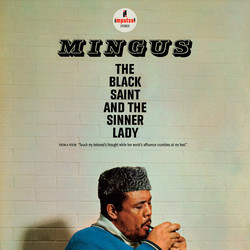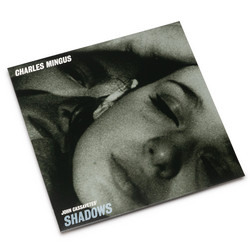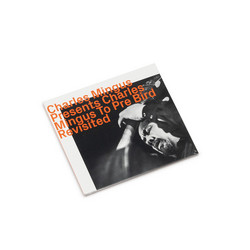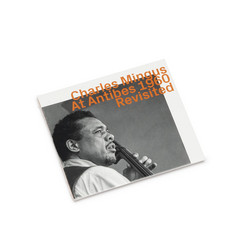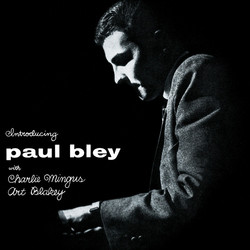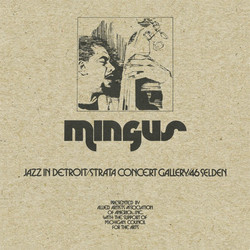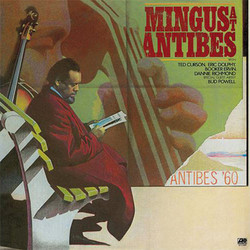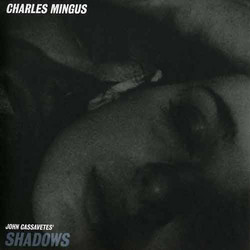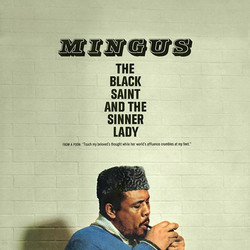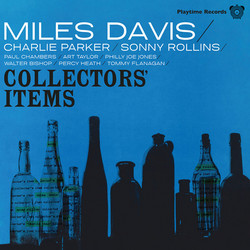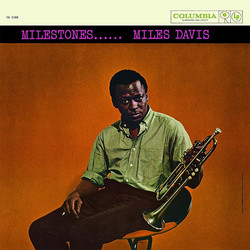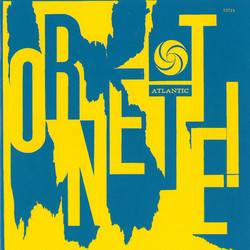Charles Mingus, George Barrow, Teo Macero, John Laporta
Jazz Composers Workshop (LP)
By now, it’s well understood that Charlie Mingus was never just a bassist — he was a visionary composer, an architect of chaos and clarity, and one of jazz’s most defiant innovators. With roots in hard bop, threads from classical modernism, gospel, and the radical freedom of the avant-garde, Mingus built a musical language all his own — furious, tender, explosive. Jazz Composers Workshop, first released in 1956 by Savoy, may not carry the seismic weight of Pithecanthropus Erectus (which Mingus would record just a year later), but the sparks are already flying. These sessions were originally spread across two 10-inch releases — Moods of Mingus and Cirillo & Scott (the latter credited to Walter Cirillo and Bobby Scott).
Side One is a Mingus-led masterclass, featuring Teo Macero, John LaPorta, George Barrow, Mal Waldron, and Rudy Nichols. The opening track, Purple Heart, feels like an overture to Mingus’ later triumphs — sophisticated, sweeping, yet still gritty. LaPorta’s clarinet weaves between bop rhythms and contemporary classical textures. Gregarian Chant begins with a reflective bass line that evolves into a complex ensemble piece. And Eulogy for Rudy Williams stands out as one of Mingus’ early emotional high points — an elegy that swells with warmth and grief. Even the closer on that side, Tea for Two, offers sly subversions of a standard, touched with Mingus’ signature asymmetry and mischief. Side Two shifts the spotlight to pianist Wally Cirillo and tenor saxophonist Teo Macero, with Mingus now in the sideman chair (though his presence is still unmistakable). Kenny Clarke is on drums, and the session leans closer to the hard bop mainstream — but not without surprises. Smog L.A. acts as a smoky pivot between the abstract and the grounded, tying the experimental flavour of Side One to the more orthodox, though still spirited, pieces that follow. Cirillo’s piano lines crackle with sharp phrasing and melodic risk, and Macero matches him in boldness.
What emerges from Jazz Composers Workshop is a dual portrait of jazz in the mid-1950s — one side exploratory and genre-defying, the other rooted and refined. It’s not a grand statement like Pithecanthropus Erectus, but in some ways it’s more revealing: a glimpse into the lab where Mingus was splicing genres, bending rules, and pushing his sound into new territory. Drop the needle and don’t expect a smooth ride. This album swerves, stretches, and swings — a vivid document of a genius in motion, shaping the future one session at a time.
